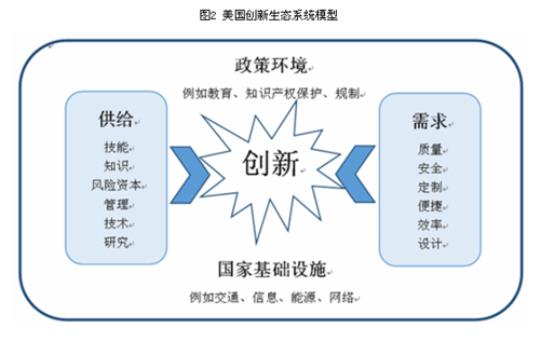
As China looks to enter a new era of innovation-led tech, it hopes to leave behind its reputation for copying the world’s hardware. It’s a difficult task for a country that still finds itself constantly skirting IP issues. However, changes in global tech innovation could mean China’s innovation drive could look very different to its parallel markets.
“Hardware innovation used to be very linear. It was hugely dependent on the rate of technical discovery, such as phones getting smaller or faster,” said Duncan Turner, General Partner& Program Director of HAX at TechCrunch Shanghai 2015. “However, hardware innovation is no longer linear, thanks to IoT innovations.”
HAX is one of the better known accelerators looking to take advantage of China’s growing innovation push. According to Turner, the booming IoT sector will allow innovators to create more unique products without necessarily relying on tech development as strongly as before. Meaning that new Chinese entrepreneurs have a lot of space to play in without replicating or copying.
He also puts emphasis on the distinction between technology and ecosystem, claiming that China is beginning to work more efficiently at balancing the two. “Product ecosystem innovation is now just as important as technical discovery,” Turner said.
He explained that when HAX looks at a potential hardware startup to enter their batch, they put it in a quadrant of ‘technology’ and ‘ecosystem’ to see where it corresponds. For example, a smartwatch for diagnosis of disease can be a vertical for the medical industry and robotics can be horizontal, since it can be used for many other different industries.
“Interestingly, those which rely on little technical innovation or ecosystem innovation can still be incredibly financially successful, but rely on business model innovation to achieve commoditization, such as Xiaomi’s Mi band,” he stated.
“On the other hand, hardware with high technology and a strong vertical requires huge amounts of investment and longer lead times, but can potentially unlock new markets like Google car and Boston Dynamics. These may not be led by one company, but a number of companies.”
Turner pointed out that the sweet spot for early stage hardware startups is between those two categories. “The hardware with unique technology and positioned ecosystem is where you have companies that are able to grow fairly organically.”
Advice On Launching Hardware In China
Many know that Shenzhen can be the best place to start your hardware company if you can manage to crack the cultural barriers. Following up with a successful crowdfunding campaign or seed investment and actually putting out a product can be challenging however. Turner gave some tips about what to consider when forming the team and making a prototype.
1. Industry Experts
When building a team, having the old fashioned combo of maker and hustler is not enough anymore. “Nowadays a team needs one or more experts in mathematics, science or medical to help the product position certain vertical,” Turner noted. “To give an example with Apple, Steve Jobs started Apple with a team consisted of maker, Steve Wozniak and hustler, himself. However, Apple would have needed an industry expert if they were starting up at this time.”
2. Fast Prototypes
When creating a pre-production prototype, it’s important to get polished quickly. In the past, we were able to pitch a rough prototype, now we see platforms like Kickstarter that require us to have a market-ready product to show off. Turner introduced few startups in HAX’s portfolio that did just that, such as Particle (hardware and software tools to build prototype), Makeblock (aluminum version of Lego mindstorms) and Meet the Kast (claims to be the fastest 3D printer out).
3. Embrace Connectivity and AI
Lastly, Turner stressed the importance of embracing Artificial Intelligence (A.I.) to build a product. “The future of hardware is ‘a truly intelligent device everywhere’. The key to achieve this is by making things connected, providing advanced sensing, embedding computing.”
Image Credit: TechCrunch Shanghai 2015